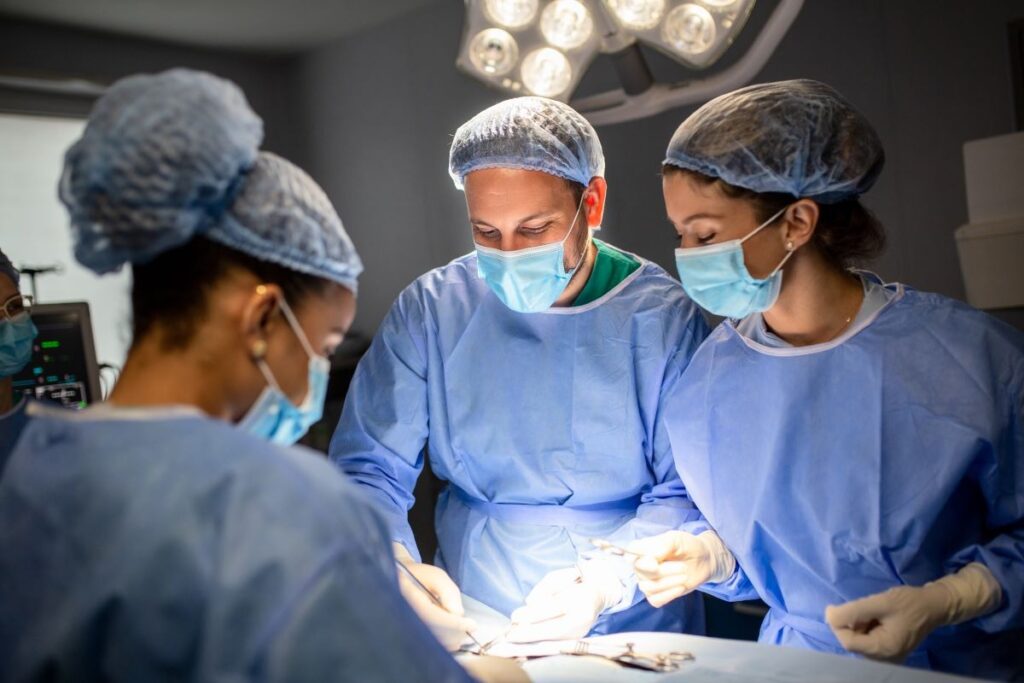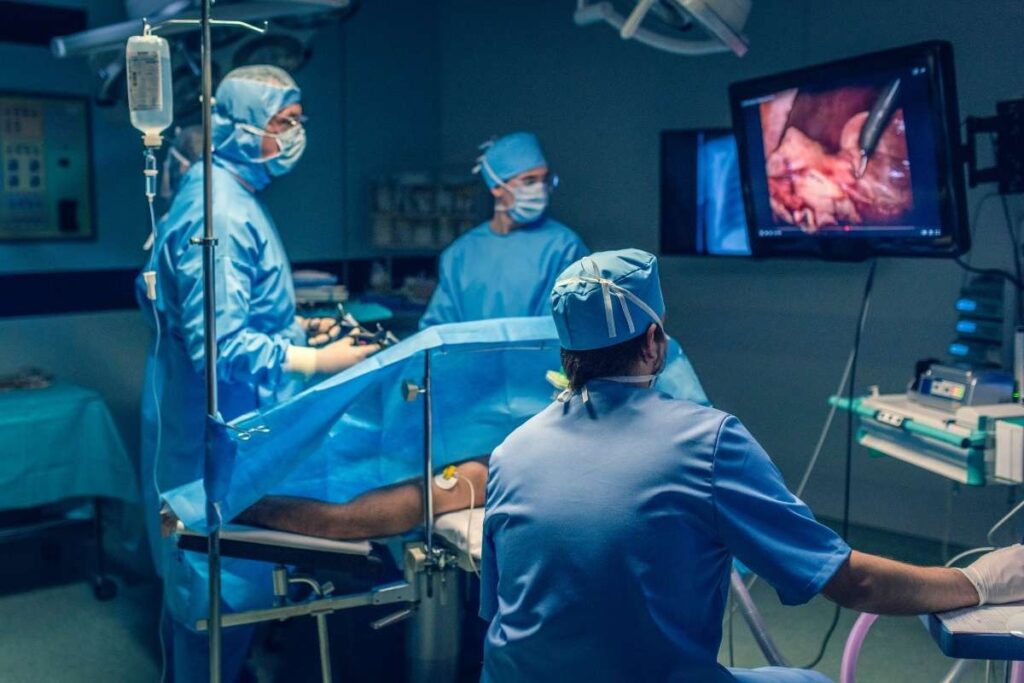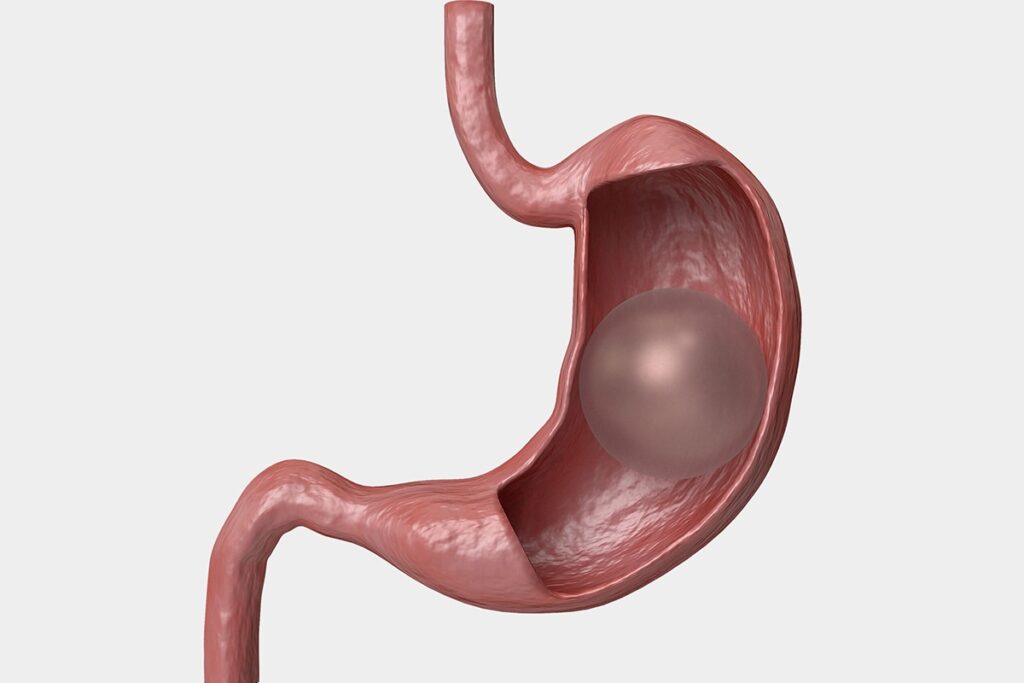Stomach surgeries in kids are getting more common as they help treat serious conditions like birth defects, blockages, and obesity. One such condition is pyloric stenosis, a narrowing of the passage between the stomach and the small intestine caused by an enlarged muscle. This condition usually appears within the first few weeks of life and leads to projectile vomiting, dehydration, and poor weight gain. Treatment involves surgery called pyloromyotomy, which widens the passage by cutting the thickened muscle. Before surgery, doctors stabilize the infant with fluids and electrolytes. Most babies recover quickly, resuming normal feedings within a day or two, with very good long-term outcomes. At our institution, we aim to improve care by working together and offering top-notch healthcare.

Birth defects, blockages, and obesity are the main reasons for these surgeries. Data shows that about 1 in 5,000 live births are affected by anorectal malformations. Hirschsprung disease, jejunal atresia, and malrotation also require surgery. We offer full support and help to families from around the world.
Gastrointestinal conditions in children often need surgery. This makes pediatric gastrointestinal surgeries very important. If your child has a gastrointestinal condition, you might have many questions.
Children might need stomach surgery for many reasons. This includes congenital anomalies, injuries, or diseases. For example, intestinal malrotation can be fixed with surgery if found early.
Surgery is often needed for conditions like anorectal malformations, Hirschsprung disease, and malrotation. These can really affect a child’s life. But surgery can help a lot.
Gastrointestinal conditions in children vary a lot. Some common ones include:
These conditions often need surgery to fix the problem and help the child’s health.

New pediatric surgical techniques have made surgeries better for kids. Laparoscopic and robotic-assisted surgeries are now common. They offer smaller cuts, less pain, and faster recovery.
We’re always trying to do better in pediatric surgery. Research and development keep improving. This means kids with gastrointestinal conditions have better and less invasive treatments now.
Infants with pyloric stenosis have a narrowed pyloric channel. This blocks food from moving into the small intestine. The muscle in the pylorus thickens, causing severe vomiting and dehydration if not treated.

Pyloric stenosis occurs when the muscle around the pylorus thickens. This blocks food from going into the small intestine, leading to forceful vomiting. The exact cause is not known, but it’s thought to be a mix of genetics and environment.
The main symptom is projectile vomiting, which is forceful and happens soon after feeding. Other signs include:
It’s important to spot these symptoms early to avoid serious problems. If your baby keeps vomiting, see a doctor right away.
To diagnose pyloric stenosis, doctors do a physical check and imaging tests. They might feel for a mass in the belly, called an “olive.” Ultrasound is used to see the thickened muscle in the pylorus.
The usual treatment is a surgery called pyloromyotomy. It involves a small cut in the pylorus muscle to clear the blockage. We use modern methods to make recovery quick and reduce scarring. Pyloromyotomy is very effective, helping babies eat normally and get better.
Congenital gastrointestinal anomalies need quick and skilled surgery. These issues can greatly affect a child’s life. We focus on fixing these complex problems to help our young patients thrive.
Anorectal malformations are a big part of childhood surgeries, with a prevalence of 1 in 5,000 live births. These defects affect the rectum and anus, needing surgery to fix. Our surgeons are experts in complex repairs, like posterior sagittal anorectoplasty (PSARP), to get great results.
Hirschsprung disease is common, with a prevalence of 1 in 5,000 live births. It’s when the bowel lacks ganglion cells, causing blockage. We use different surgeries, like pull-through procedures, to fix it and get the bowel working right again.
Jejunal atresia, with a prevalence of approximately 1 in 3,000 live births, is a blockage in the jejunum. Surgery is key to fix it and keep the bowel open. Our team is great at these precise surgeries, aiming for smooth recovery.
Malrotation, which is present in approximately 1 in 500 live births, means the intestine is not in the right place. If not treated, it can be very dangerous. We do Ladd’s procedure, a surgery to fix it and prevent future problems.
We’re dedicated to helping kids with these issues at our institution. Our team works together to give each child the best care. We help from the start to after they recover and need follow-up.
Gastrointestinal surgeries in kids include many important procedures. These surgeries help keep children healthy. We do different surgeries for various conditions in the digestive system.
A colostomy creates an opening in the belly to move stool. It’s needed for issues like anorectal malformations. The number of children undergoing a colostomy procedure varies widely depending on the type of anorectal malformation.
Choosing to do a colostomy is based on careful checks and diagnosis. We talk to parents about the surgery and what they need to do after it.
Anoplasty fixes anorectal malformations by making the anus work right again. Anoplasty helps kids with these issues live better lives. The use of anoplasty depends on the specific type of anorectal malformation, as it is a technique for correcting a number of these defects.
Laparotomy is a surgery that opens the belly to see the inside organs. It’s used to find and fix many stomach issues. Laparotomy lets surgeons get to problems in the belly.
We do a laparotomy when other methods won’t work. The surgery is made to fit each child’s needs.
Intestinal anastomosis connects two parts of the intestine. It’s needed when part of the intestine needs to be removed. These techniques are key to fixing the intestine.
We know surgery is hard for kids and their families. Our team gives full care and support during the surgery.
Obesity rates among teens are rising fast. Pediatric bariatric surgery is becoming a key treatment. It’s a big change in how we tackle obesity in kids, with surgery playing a bigger role.
There’s been a significant in surgeries for teen weight loss from 2021 to 2023. This shows more teens are turning to surgery to fight obesity. We’re dedicated to giving these patients the care they need.
The jump in surgeries for teens is due to more obesity and the failure of old weight-loss methods. So, bariatric surgery is seen as a better option for many.
Gastric sleeve procedures are now the top choice for teens, making up about 70% of pediatric bariatric cases. This surgery cuts down the stomach, making it harder to eat a lot.
Most kids getting pediatric bariatric surgery have a BMI over 35 with health problems or a BMI over 40 without health problems. They go through a detailed check to see if they’re right for surgery.
The American Academy of Pediatrics (AAP) has rules for teen bariatric surgery. It’s all about teamwork in care. We follow these rules to make sure our patients get top-notch care.
The AAP says surgery should only happen in places with experienced teams. We’re all about following these guidelines to give our patients the best care.
Advances in pediatric surgery have greatly improved care for kids with stomach issues. We’ve talked about surgeries for birth defects, blockages, and obesity in children.
At LivHospital, we’re all about pushing the limits of care. We offer top-notch healthcare and support for international patients. Our team works hard to keep up with the latest in pediatric surgery, ensuring our patients get the best care.
Looking ahead, we expect even more progress in surgery for kids. This will lead to better health and happiness for our young patients. Our goal is to make a big difference in the lives of children and their families around the world.
Pyloric stenosis is when the muscle of the pyloric valve thickens. This blocks food from going into the small intestine. Our skilled surgeons perform pyloromyotomy, the standard surgery for this condition.
Symptoms include vomiting that shoots out food, a swollen belly, and dehydration. If your child shows these signs, get them medical help right away.
These are birth defects in the digestive tract. Examples include anorectal malformations, Hirschsprung disease, jejunal atresia, and malrotation.
Anorectal malformations have a prevalence of approximately 1 in 5,000 live births.
Pediatric bariatric surgery helps kids with obesity, usually those with a BMI over 40, or a BMI of 35 with health problems. Our team follows the American Academy of Pediatrics guidelines.
Gastric sleeve procedures are the most common, making up about 70% of cases.
Laparotomy is a surgery that opens the abdomen to reach the digestive tract. It’s used to treat many gastrointestinal issues.
If your child has a gastrointestinal condition, our experts will help you understand the diagnosis and treatment. We ensure your child gets the best care.
New surgical techniques have made surgeries safer and faster for kids. They help reduce recovery time and complications.
At LivHospital, we offer full support and guidance for international patients. Our team is ready to help you through the treatment process and answer any questions.
Subscribe to our e-newsletter to stay informed about the latest innovations in the world of health and exclusive offers!
WhatsApp us